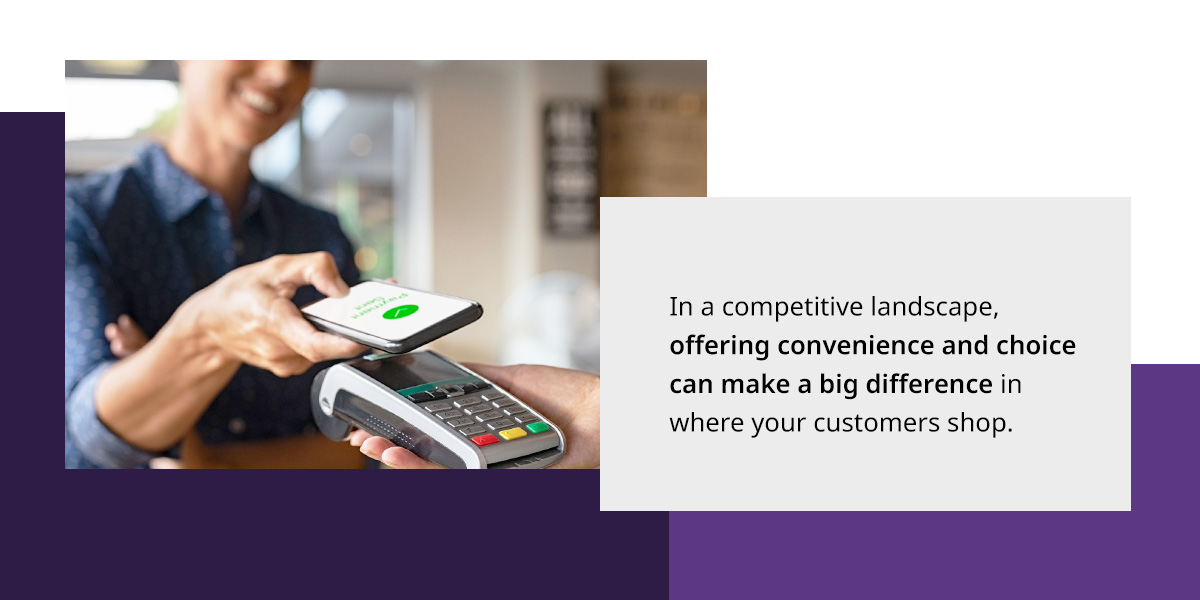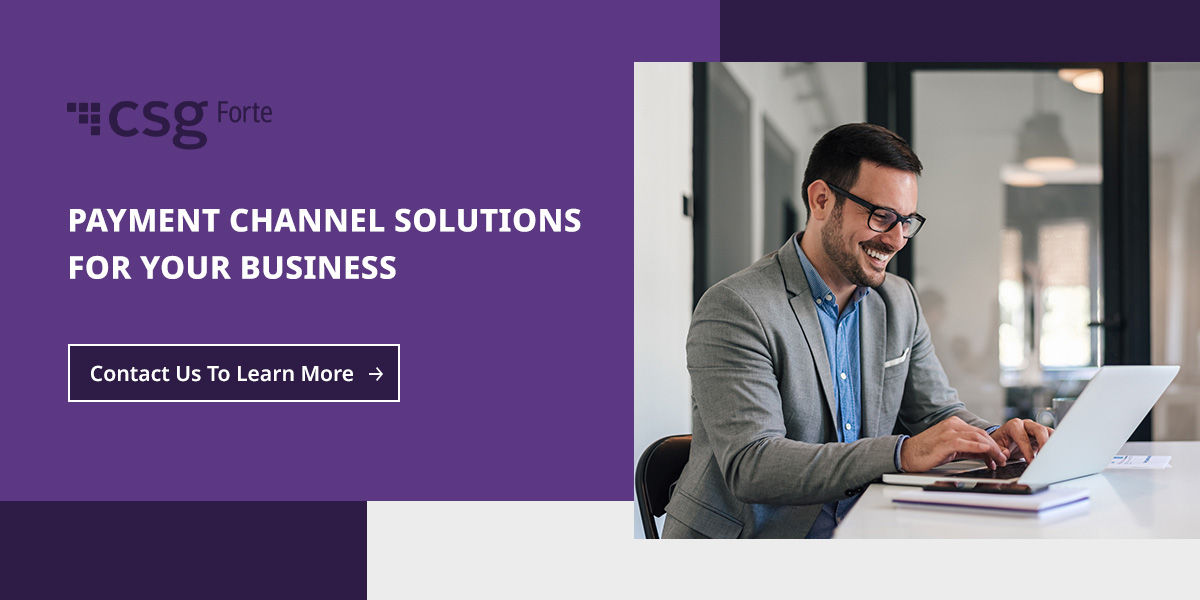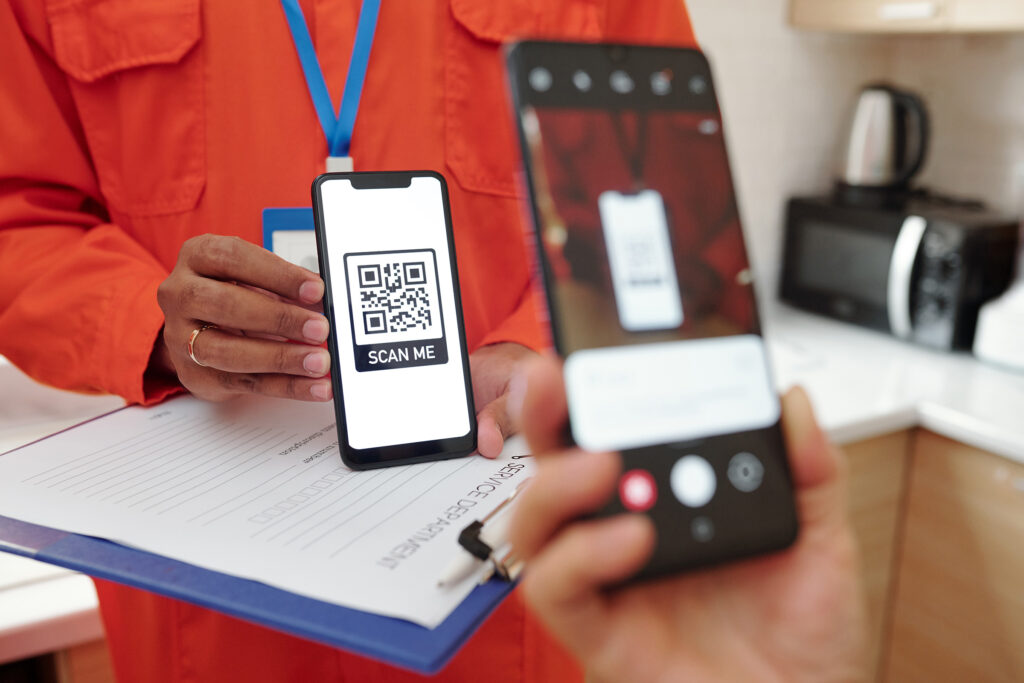Recurring Payment Systems: How a Great One Can Boost Your Bottom Line
Your payments platform is supposed to be drawing revenue, right? Unfortunately, poor payment processes could be costing you—both customers and money. How can that be? Complicated, disjointed payment processes can frustrate customers, eroding trust and leading them to choose a different provider. On the other hand, providing the right payments platform makes it easy for customers to keep paying their bill and for you to keep growing your business.
Generating consistent revenue is critical for any business, and having a robust recurring payments platform is a key factor to making that happen. But not all systems are created equal. The best payments platforms have several key features that distinguish them from competitors and can have a significant positive impact on your bottom line.
Recurring Payment System Core Functions
A recurring payment system is designed to automate regular payments from customers, ensuring that payments are processed on a consistent schedule without the need for manually inputting payment information every billing cycle. Core functions that a payments platform should offer include:
- Payment scheduling: Customers have enough to remember without having to mark their calendars to pay a bill every month. Automating the collection of regular payments helps ensure customers pay their bill on time and consistently (weekly, monthly, annually, etc.).
- Payment processing: No one remembers their credit card number or account information, and digging a card out to make a payment is a pain. Automating the payment process (ACH, credit cards, etc.) ensures customers can make consistent and timely payments without the need for manual input, making customers happy and helping your business run smoothly. Additionally, using a payment solution that leverages tokenization for recurring payments ensures payment data is kept safe and out of your systems.
- Invoicing and notification capabilities: Customers like surprises, but not on their bills. Automating your company’s invoicing and payment notification capabilities means your customers are informed about their payment amounts, including any changes, enhancing transparency, satisfaction and reducing missed payments.
Recurring Payment System Must-Haves
Many businesses rely on recurring revenue models to ensure steady growth and financial stability in today’s digital, often subscription-based, purchasing world. Their payment systems are the engines for those models, powering customer satisfaction, operational efficiency and revenue consistency. A payment system must offer a range of features that cater to both the business’s needs and the customer’s expectations, such as:
- Customization and automation: The best recurring payment systems offer customization and automation options. Customers can choose different payment schedules or methods, and browse available plans, current promotions and key features, allowing them to feel in control of their options. Automated retries for failed payments help reduce customer frustration and missed payments.
- Security and compliance: The best systems ensure Payment Card Industry Data Security Standard (PCI DSS) compliance for card payments, implement strong data encryption and have robust fraud detection measures. Leveraging tokenization can also help ensure recurring payment data is kept secure. Trust and security are crucial for building long-term relationships with customers.
- Self-service options: A great recurring payment system has intuitive user interfaces for payment management, empowering customers to manage their payments gives them a sense of control, which increases satisfaction and loyalty. Making it simple for customers to change or cancel their recurring payments is also a key feature that helps keep them returning to your site.
Juniper Research Can Help You Choose the Right Payment System
Juniper Research, a leading analyst firm in the mobile and digital tech sector, predicts that recurring payments will present a $15 trillion opportunity by 2027. “This means now is the time for vendors in the space to stay agile and embrace customer choice,” said Nick Maynard, VP of fintech market research at Juniper Research. “CSG consistently surpassed our evaluation criteria for innovation, user experience, compliance and security in a highly competitive field.”
Juniper Research recently recognized CSG Forte Engage at the 2024 Future Digital Awards for Fintech & Payments, awarding CSG a Platinum win in the Omnichannel Payments Platform category and Gold in the Recurring Payment Platform Innovation category. Juniper identified Forte Engage as a standout recurring payments platform because it “offers a true omnichannel experience to help improve customer satisfaction and engagement while mitigating late, failed and abandoned payments.”
CSG Forte Engage can help your company increase its revenue and reduce customer churn while complying with evolving security requirements. Here’s how:
Increased revenue and predictable cash flow
- A reliable system ensures on-time payments and reduces missed revenue opportunities.
- Automation reduces errors and streamlines manual work for billing teams, cutting down on administrative overhead.
- CSG Forte Engage scales easily with your business as your customer base grows.
Customer retention and reduced churn
- Smooth multichannel billing experiences improve the customer experience and increase brand loyalty.
- Easy payment management and flexible billing options lead to longer customer lifecycles.
By investing in the right payments system now, you can prevent facing costly migrations in the future. The best recurring payment systems, such as CSG Forte Engage, stand out for their flexibility, automation, security, integration and superior customer experience.
You can accept and manage recurring payments easily with CSG Forte. Schedule payments, verify accounts, handle returns and minimal downtime with our robust payment platform. Contact CSG for more details or sign up today.












